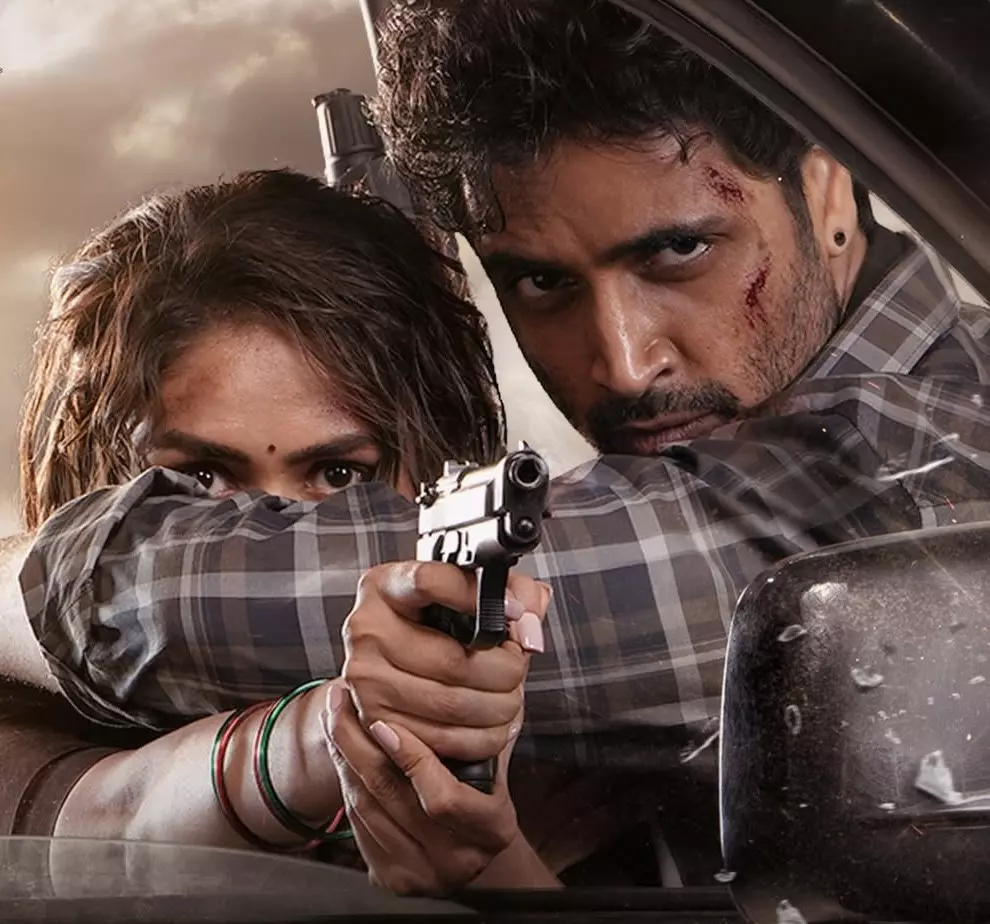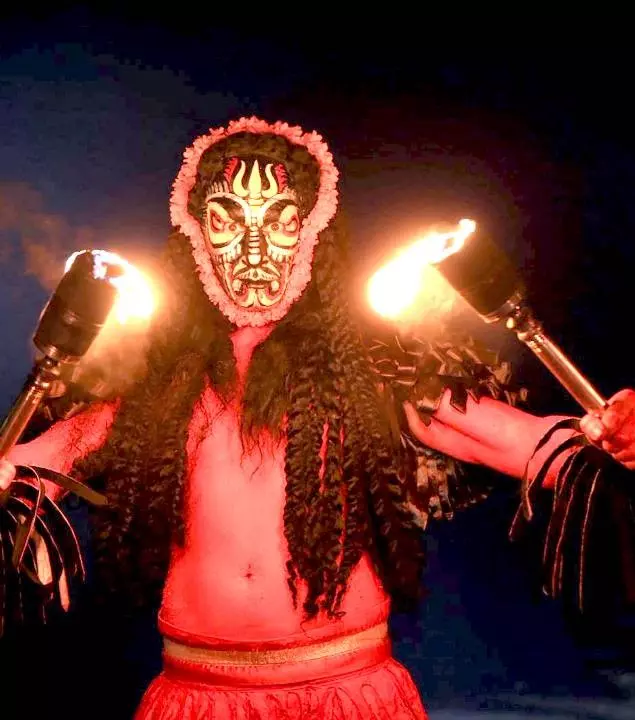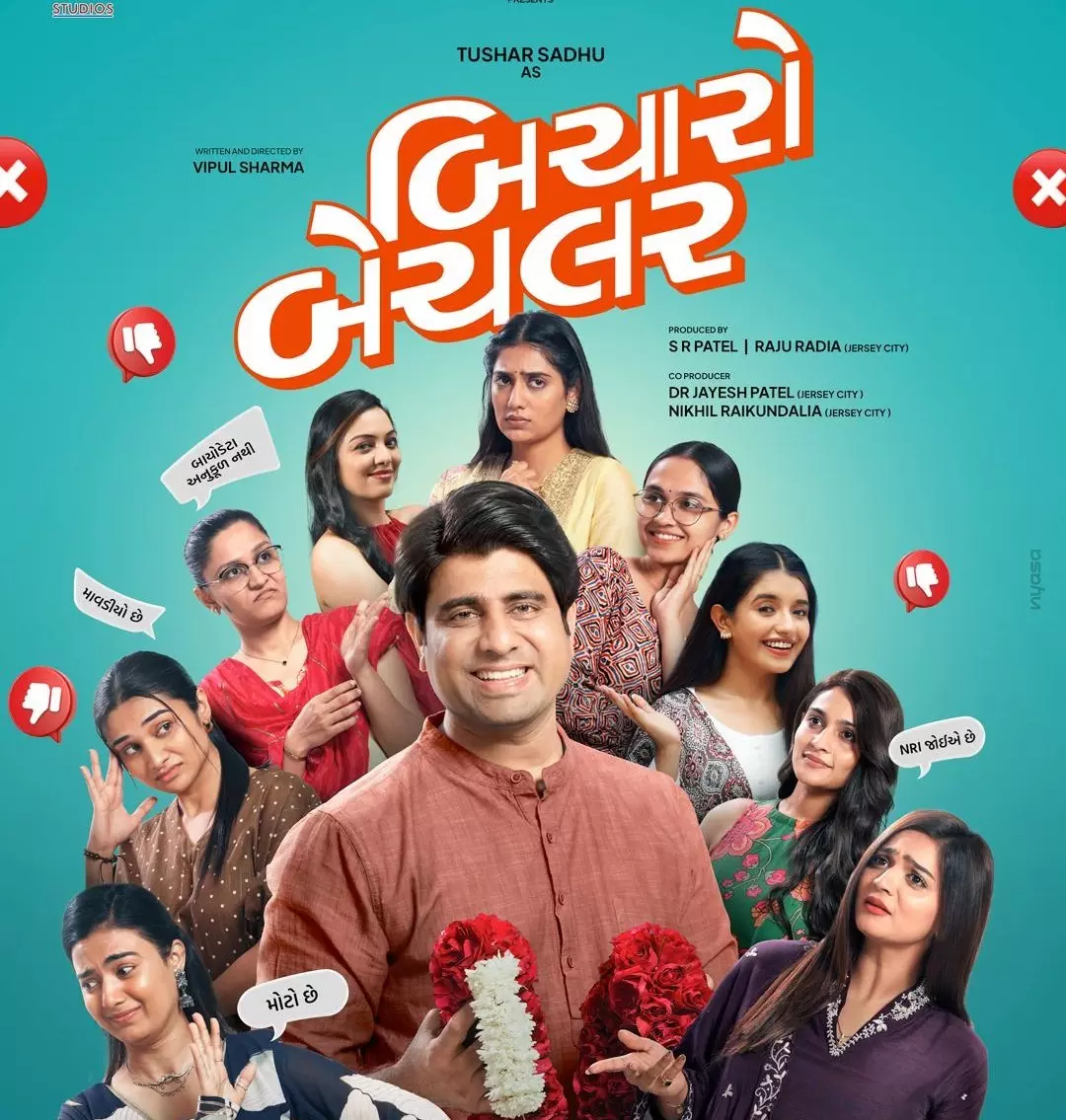Table of Content
We are often sceptical as to what to wear to the office! Tights or bare legs? Single pleated trousers or plain trousers? There are ten different questions that pop up in our head every morning while dressing up for office.
You Might Also Like: How to wear boots in the office?
Generally, offices have a formal dress code but what is the definition of formal or business formal or in some cases business casual. To clear all the dilemma here are the tips for 4 types of Office Dress Code Policies-
Dress Code- There are four main types of company dress codes- business formal, business professional, business casual and casual. Below are some important general tips for working men and women for each category. Before you read about the various dress code policies always remember a basic rule to keep it simple while you dress for
For Men:
- To make it classy and professional a tailored one-, two-, or three-button suit is a must.
- Choose solid
colors like black,gray , or navy. Tie should be simple, nothing flashy in modestcolors and patterns. High quality solid, vibrant but controlledcolors (a red tie), or attractive yet subdued neutrals (a navy plaid tie) are what you need to have in your wardrobe. No novelty ties.- This is a must-
White, collared button-up formal shirts. - No loafers but closed-toe oxford shoes in either brown or black.
- Well groomed brushed back hair. Short hair is perfect for formal looks but you can also check with your HR if you get the leverage of tied back long hair.
- Short and clean nails. You can also go for regular professional manicures.
For Women:
- A
well tailored pantsuit or skirt suit in black, navy, or browncolors . - White shirts with button-up collar.
- Closed-toe heels (ensure comfortable and do not make
annoying soundcolor like taupe, black or brown. - Dark
colored tights. - Simple classy
ear rings like diamond studs instead of chandelier earrings. - Brushed back hair, neatly tied in a
pony tail or a conservative cut, like a bob or soft layers. - Skirts length should never be more than two finger space above the knees.
- Neatly groomed nails that are either transparently coated, or applied with a beige-toned polish.
For Men:
- A one/ two-button suit. Suit
colors have to be conservative, but you can have more experimental patterns like the stripe or check. Light-colored dress pants can also be worn with a sports jacket.- Simple and soothing ties, but in different
colors and patterns. For example, you can wear a blue-striped professional tie, but it’s a big no to novelty ties. - Add the touch of high-end elite accessories, such as watches and
cuff links . - Conservative
colors in shirts with collared button-ups. Prefer thecolor blue, burgundy, orgray . - Oxford shoes or polished loafers in black or brown.
- Well groomed hair and nails. Check with HR on permissible hairstyles.
For Women:
- A suit or skirt in a conservative neutral
color like black, brown, or navy. - Collared button-up shirts in any solid
color . - Dark or
nude-colored leggings. - Closed-toe pumps in black or brown.
- You can go for more noticeable
jewelry but do not make it over the top. Maintain the quality of your accessories to match with your formal attire. - Skirts length should never be more than two finger space above the knees.
- Well-groomed, neutral nails with either a clear coat or beige
colored nail polish. - Neatly brushed back hair.
For Men:
- You can wear
colored , collared button-ups in acolor that suits your personality. Conservative patterns are acceptable too. - Choose tie patterns like dots, stripes, or checks. Avoid novelty ties. Almost all decent
colors are acceptable. - Sweaters can be worn over
collared shirt. But choose solid or other conservatively patterned sweaters. - More casual accessories, like a leather-band
watch can go with it. - You can go for oxfords, loafers, or other comfortable shoes that suit your outfit. But remember no sneakers.
- The HR may provide you options of a more leeway for hairstyles. (check with HR).
- Clean and short nails.
For Women:
- Rather than a full
suit you can go for a skirt worn along with a cardigan or jacket. - More experimentation with
colored shirts and blouses, instead of collared button-downs. Select solidcolors , - Slacks and khakis.
- You can try larger
jewelry if it suits your outfit like a statement necklace or big cuff-style watch. Gemstones and other casual materials are good to go. Scarves are also a good thing to add to your style. - Flats, loafers, pumps, you can go for what you feel comfortable at but should be closed-toe. Choose from the
colors of your choice. No restrictions. - Well-groomed nails. Nail paints must be decent.
- Hair can be more casual but must be neatly styled, blow-dried, or tucked in a ponytail or bun.
For Men:
- Casual pants, but never jeans. If the HR permits jeans
go for dark-wash, straight-cut only. - Collared polos/ crew-neck sweaters/ pullovers. Almost all the
colors are good to go but no novelty patterns. - Casual accessories can be added to the outfit like brightly
colored watches. - Clean shoes and you can experiment anything from loafers to sneakers.
- Nails should always be short and clean while hair can b more casual. Casual offices generally are open to long hairstyles and ponytails.
For Women:
- Perfect fit tops and blouses but remember shirts should never be too tight or revealing.
- Casual slacks or skirts such as cotton fabricated skirts or slacks. If denim is allowed, dark-wash only.
- Skirts should forever remain at knee-length.
- Open-toed shoes allowed at the same time avoid casual shoes like sneakers or flip-flops.
- Open to a wide range of accessories like scarves, large rings, bracelets, earrings, and necklaces.
- You can
of course go casual with hair length, style, andcolor . - Bright
colored nails are fine with any type of pattern. But avoid “louder” designs to one nail only.
Tattoos and Piercings?
Tattoos and piercings are highly unacceptable in almost all major dress codes. But you can hide the tattoos for your professional wear and remove the piercings at work. Some offices do allow tattoos and piercings but it is still best to cover up tattoos at work. You can try some of these tricks:
- Pants/ slacks to cover leg tattoos.
- Men should wear long sleeved shirts that effectively cover ink.
- Use scarves for neck tattoos and large watches to hide wrist tattoos.
- If you wish to be clear talk to your HR and clearly state about your tattoos. For the best offices, they do not judge the book by its cover!
You Might Also Like: How to wear boots in the office?
.webp)
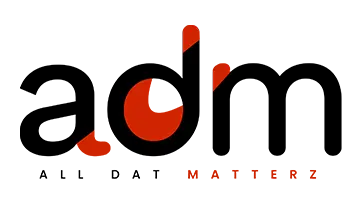


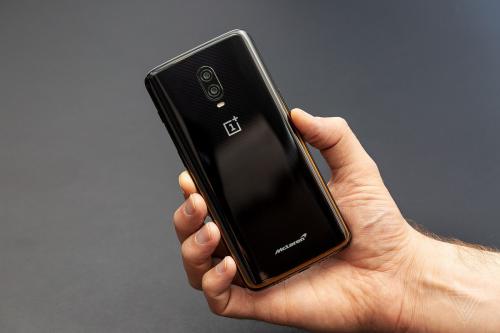

_1735214375.webp)
